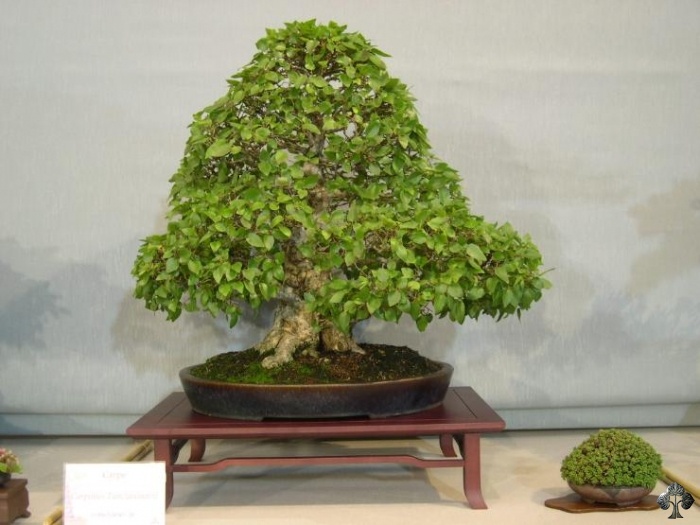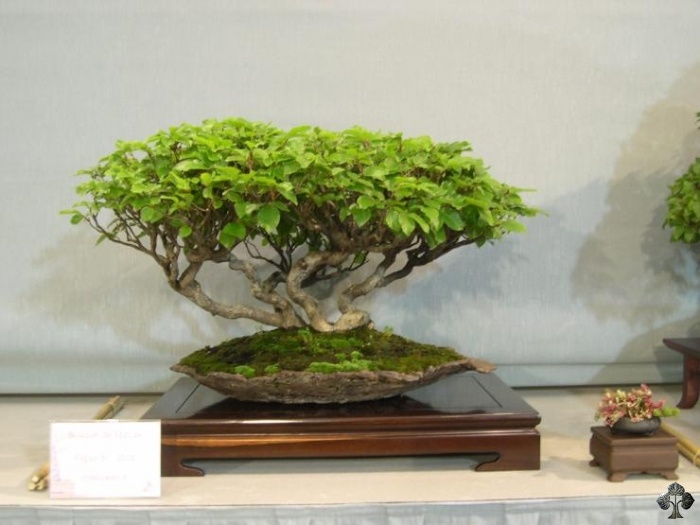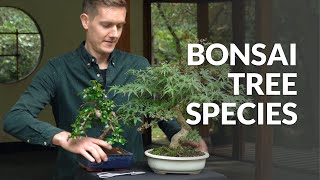Hornbeam and Beech Bonsai Care guidelines
Hornbeam and beech Bonsai both like a sunny or semi-shaded place outside with good aeration. Although both genera are very frost-hardy in nature, when their roots can reach deep into the ground, they must be protected from frost when they are planted in containers.
Hornbeams and beeches must be watered as soon as the soil gets dry. The must never dry out completely, but take care not to overwater them. In winter keep the soil slightly moist. Don't use very calcareous water. Continue reading about watering Bonsai trees.
Watering
Free lecture from the Beginners CourseApply solid organic fertilizer every four weeks during the growing season or use a liquid fertilizer every week. Take care to provide these species sufficiently with micronutrients.
Larger branches can be pruned in spring before the new buds open. Large terminal buds can be removed. When the new shoots have matured they are shortened to two leaves. If trees are pruned in autumn or winter take care to keep buds on the twigs because otherwise they will dry back. Wiring is possible but you have to remove the wire in time before it bites into the smooth bark and causes ugly scars which will be visible for decades. Guy wires or strings are a good alternative. Continue reading about pruning Bonsai trees.
Hornbeam bonsai and beech bonsai should be repotted every two years in spring before the new buds open. Old trees can be repotted less often. Continue reading about repotting Bonsai trees.
Beeches and hornbeams are easily propagated from seed. Beech cuttings don't root easily and air-layering does not always work. Cuttings and air-layers of hornbeams seem to root a bit better.
Beeches and hornbeams are often attacked by mealy bugs and powdery mildew. Scale can also occur. In those cases use a specific pesticide and try to improve the growing conditions (more light and aeration) for your tree. Root rot can occur if the tree is overwatered. Permanent watering with very calcareous water can cause chlorosis. For more detailed information on these techniques, check out our Bonsai tree care section.

Hornbeam Bonsai (Carpinus), with a rugged bark with silvery veins.

Beech Bonsai (Fagus), notice the Fagus has much smoother bark than the Carpinus.
General information about the Hornbeam and Beech Bonsai tree
Both are very well suited and popular for bonsai as they have beautiful trunks, vividly green foliage and nice autumn colors. Sometimes the reddish brown dry leaves stay on the twigs until next spring which is a special sight. There are several beautiful species and cultivars of both, hornbeam and beech. The Asian hornbeams, like Carpinus turczaninovii, Carpinus japonica, Carpinus laxiflora and Carpinus tschonoskii are traditionally used for bonsai in Japan and the European hornbeam (Carpinus betulus) as well as the Oriental hornbeam (Carpinus orientalis) are also very popular in Western countries. The Japanese White Beech (Fagus crenata) is especially beautiful with its smooth silvery white trunk while the European beech (Fagus sylvatica) has a smooth grey bark and broader leaves. There are some cultivars of the European beech with dark red foliage, hanging branches or deeply incised leaves. It can be hard to distinguish the Beech from the Hornbeam, the best way to identify them is to look at the bark on the trunks. Beech are usually smooth, whereas Hornbeams are a bit more rugged and show veins on the bark. If you need help identifying your tree, take a look at our Bonsai tree identification guide.





